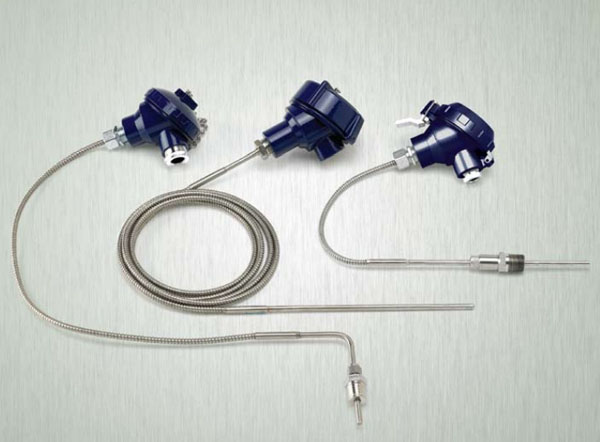Pressure gauges Snubbers
Pressure gauges Snubbers Model 910.12
Pressure gauge snubbers are intended to suppress the effect of pressure pulses and pressure peaks, which are common reasons for gauge failure. Porous snubbers incorporate a fixed mesh disk. Piston snubbers are supplied with five pistons for use with a variety of media. Adjustable pressure gauge snubbers are provided with an adjustable needle valve that enables the operator to restrict the flow as operating conditions may demand even when the snubber is in service.
Pressure gauge snubbers will considerably increase the service life of pressure gauges in harsh applications such as on reciprocating pumps and compressors, hydraulic presses or fluid power systems and will additionally improve the reading accuracy of the gauge.
pressure snubbers protect your pressure gauge or transducer from pressure spikes and surges and damaging pulsation. Snubbers extend the life of your pressure instruments because they protect the bourdon tube and movement from seeing harsh spikes and surges that could cause failure by rupturing the diaphragm of the transducer or the gauge bourdon tube or causing the movement teeth to skip or dislodge.
Snubbers reduce the day to day “wear and tear” on the instrument, lessening the need to replace. Units are available in both brass and 316 stainless steel, and in three different porosities for various pressure media including gas, liquid, and heavy oil.
Overpressure Protectors are triggered to protect your pressure instrument when the pressure exceeds the rated set pressure. A spring-loaded piston triggers a valve to close when the pressure goes over the pressure range, protecting the instrument from a pressure surge or spike. Once the pressure falls back to normal the spring will open the valve again. All units are made of 316 SST for corrosive pressure media. Three different part numbers are available, depending on your pressure requirements.
Snubbers Application
Snubbers are typically used in-line with a pressure gauge to suppress line pulsations and keep the gauge pointer steady.
Pressure gauge snubbers will substantially increase the life of a pressure gauge where there is pulsation in the line. i.e. for use on pumps, hydraulic presses or fluid power systems. They will also improve the reading accuracy of the gauge.
Technical Feature
Pressure Connection
- ¼” NPT or ½ NPT male x female
Body Material
- Brass or stainless steel
Piston Material (Type 910.12.200)
- Stainless steel
Needle Valve Material (Type 910.12.300)
- Stainless steel
O-Ring Material (Type 910.12.300)
- Brass: Buna-N
- Stainless Steel: FPM (Viton)
Pressure Rating
- Brass: 3000 psi – 5000 psi
- Stainless Steel: 5000 psi – 15,000 psi
Temperature Rating
- 14°F to 248°F (-10°C to 120°C)
Application/ Media
910.12.100 Porous Snubber
- Air, steam, gas, Light oil, water
910.12.200 Piston Snubber
- Use with various media per piston selection
910.12.300 Adjustable Snubber
- Adjustable to various media types

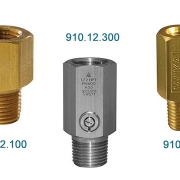
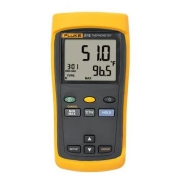
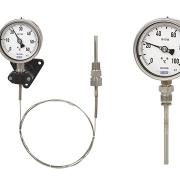
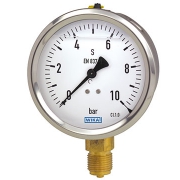
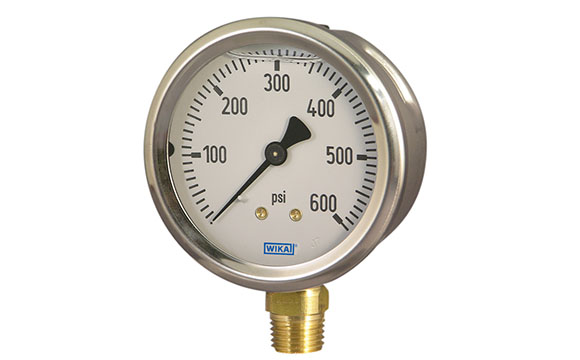
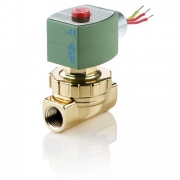
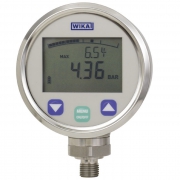

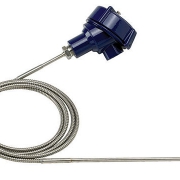
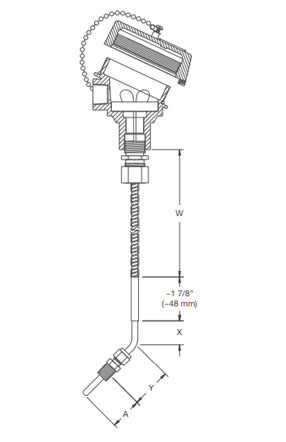 Special Features
Special Features